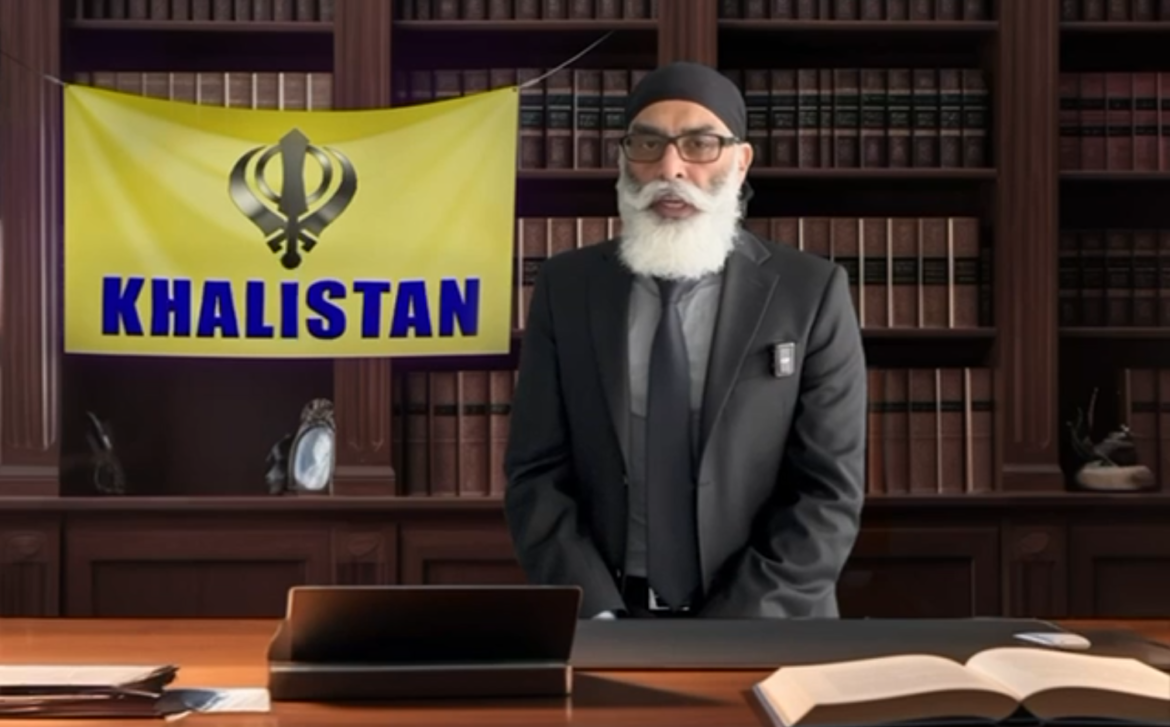AI Generated Summary
- The recent inflammatory statements earlier this month by Gurpatwant Singh Pannun, a proscribed Khalistani militant, serve as yet another disturbing reminder of the lengths to which fringe elements will go to propagate a divisive and extremist agenda.
- These tirades come in the wake of a series of incendiary statements, including his earlier threats of violence reminiscent of Hamas-like attacks and his calls for Hindus to leave North America.
- While SFJ has managed to attract some attention within small pockets of the diaspora in countries like Canada and the United Kingdom, its support remains marginal and rooted in sensationalism rather than substantive engagement with community concerns.
The recent inflammatory statements earlier this month by Gurpatwant Singh Pannun, a proscribed Khalistani militant, serve as yet another disturbing reminder of the lengths to which fringe elements will go to propagate a divisive and extremist agenda. Pannun’s warnings against Russian diplomats and entities are more than empty threats; they represent a calculated effort to undermine the robust international alliances that oppose separatism and support India’s territorial integrity.
Pannun’s outburst against Russia is not surprising. Russia has long maintained a firm stance against separatist movements globally, drawing from its own history of combating such challenges. Moscow’s consistent support for India’s sovereignty, particularly on the issue of Khalistani separatism, has evidently riled Pannun. This attempt to intimidate Russia, however, seems more a display of desperation than a viable strategy to sway an established global power.
Experts note that Pannun’s rhetoric appears increasingly erratic and detached from ground realities. His criticism of Russian media outlets, such as Sputnik India, further underscores his frustration with the exposure of his radical agenda. These tirades come in the wake of a series of incendiary statements, including his earlier threats of violence reminiscent of Hamas-like attacks and his calls for Hindus to leave North America. Such alarmist declarations highlight the disconnect between Pannun’s imagined influence and the actual disinterest in the Khalistan cause within India and the broader international Sikh community.
The organization Pannun represents, Sikhs for Justice (SFJ), has long been discredited in India and faces widespread skepticism abroad. While SFJ has managed to attract some attention within small pockets of the diaspora in countries like Canada and the United Kingdom, its support remains marginal and rooted in sensationalism rather than substantive engagement with community concerns.
This lack of traction is a critical factor in understanding Pannun’s growing frustration. As commentators like Ambassador (Retd) KP Fabian point out, the international community’s exposure of fake narratives propagated by individuals like Pannun has been instrumental in countering such extremist ideologies. Retired Indian Army officer Colonel Jaibans Singh concurs, observing that the Khalistan agenda has virtually no resonance within Punjab or among the Sikh population in India.
The broader Sikh community has repeatedly rejected divisive ideologies, prioritizing development, unity, and progress over narrow sectarian politics. Yet, figures like Pannun persist in their attempts to distort the narrative, often fueled by external interests and dubious funding sources.
For countries like Russia, which uphold principles of sovereignty and unity, threats from separatist figures like Pannun are unlikely to deter policy decisions or strain bilateral relationships. Instead, such antics serve as a clarion call for nations to strengthen their resolve against extremism and work collaboratively to dismantle networks that promote division and violence.
The rise of digital platforms and social media has allowed voices like Pannun’s to amplify their messages beyond their actual influence, but it has also provided tools for countering misinformation. Governments, media, and civil society must remain vigilant in addressing these challenges, ensuring that the global narrative continues to emphasize unity and the rejection of extremist ideologies.
Pannun’s erratic statements are a symptom of a failing agenda. The world must treat them as such—dangerous but ultimately powerless against the collective will for peace and progress.




